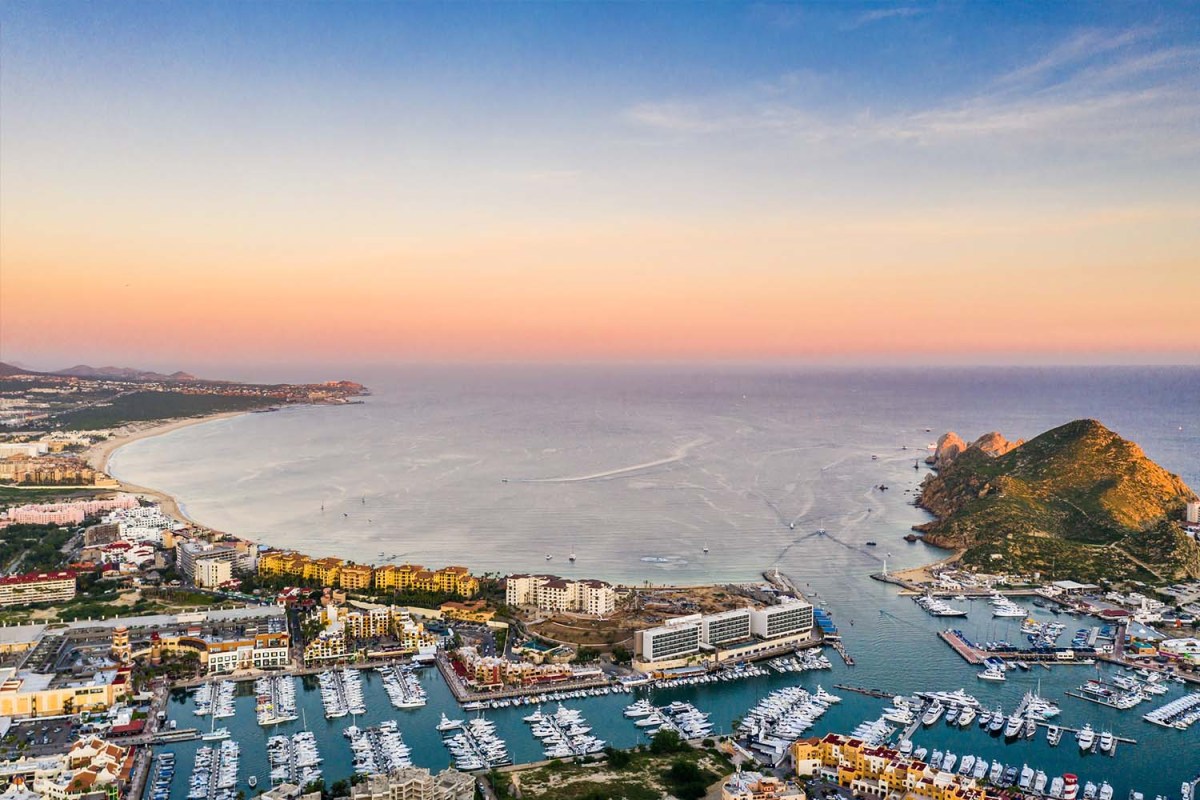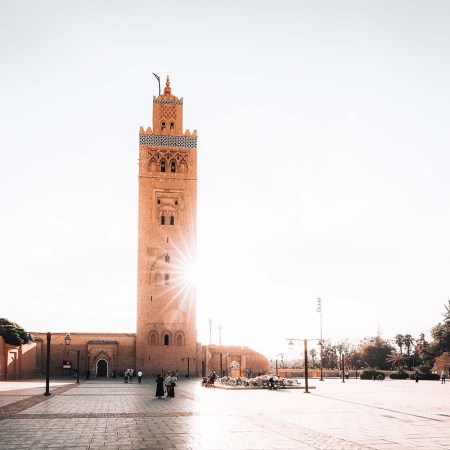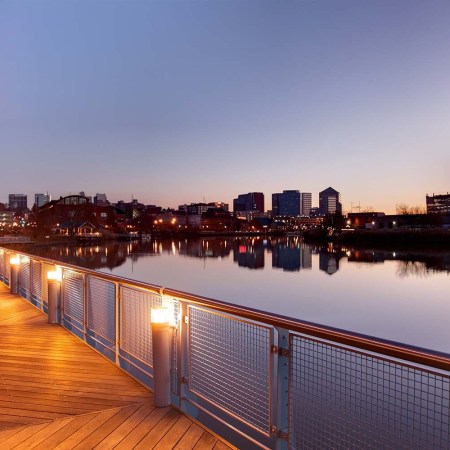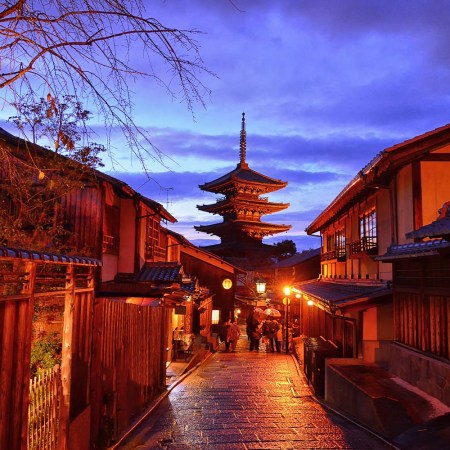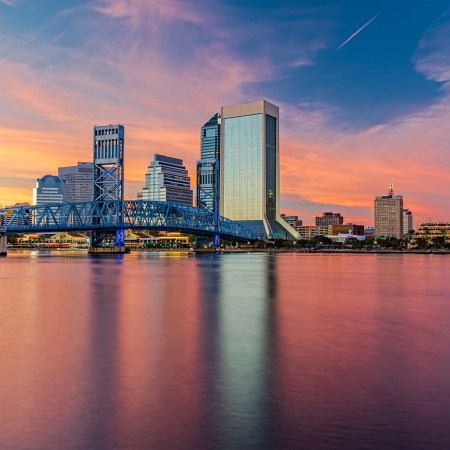Reliably sunny weather, luxurious resorts, indie restaurants, adventure by land and by sea — it’s no mystery why Los Cabos welcomed nearly three million travelers last year, making it the third-most visited place in Mexico overall and second-most visited beach resort. Our weekend guide illustrates why Cancun should be watching its back.
How to Get to Los Cabos
If you live on the West Coast, getting to Cabo is a breeze, with multiple daily nonstop flights making the journey straight down to the ballpoint of the Baja Peninsula from Los Angeles, San Francisco, Seattle, Portland and elsewhere. Denver, Phoenix, Dallas and other major gateways have nonstops, too, but from the East Coast it’s only Newark, New York-JFK and Charlotte; otherwise you’re looking at a connection. Flights land at Los Cabos International Airport (SJD), 30 minutes from San Jose del Cabo, unless you’re traveling on a semi-private charter airline JSX, which flies from LAX and Dallas-Love Field to Cabo San Lucas International Airport (CSL), a smaller airfield closer to Cabo San Lucas and the marina district. Taxis are plentiful at both airports, though it’s easy and inexpensive to book private transfers in advance from companies like All Ways Cabo, or easy and quite expensive to book through your hotel.
Finally, a tip from someone who’s been visiting Cabo for 20 years: SJD becomes an infuriating cluster in the late morning/early afternoon, when lots of flights landing within minutes of one another clog immigration and baggage. Find the earliest possible arriving flight and book that, even if you need to wake up before sunrise.
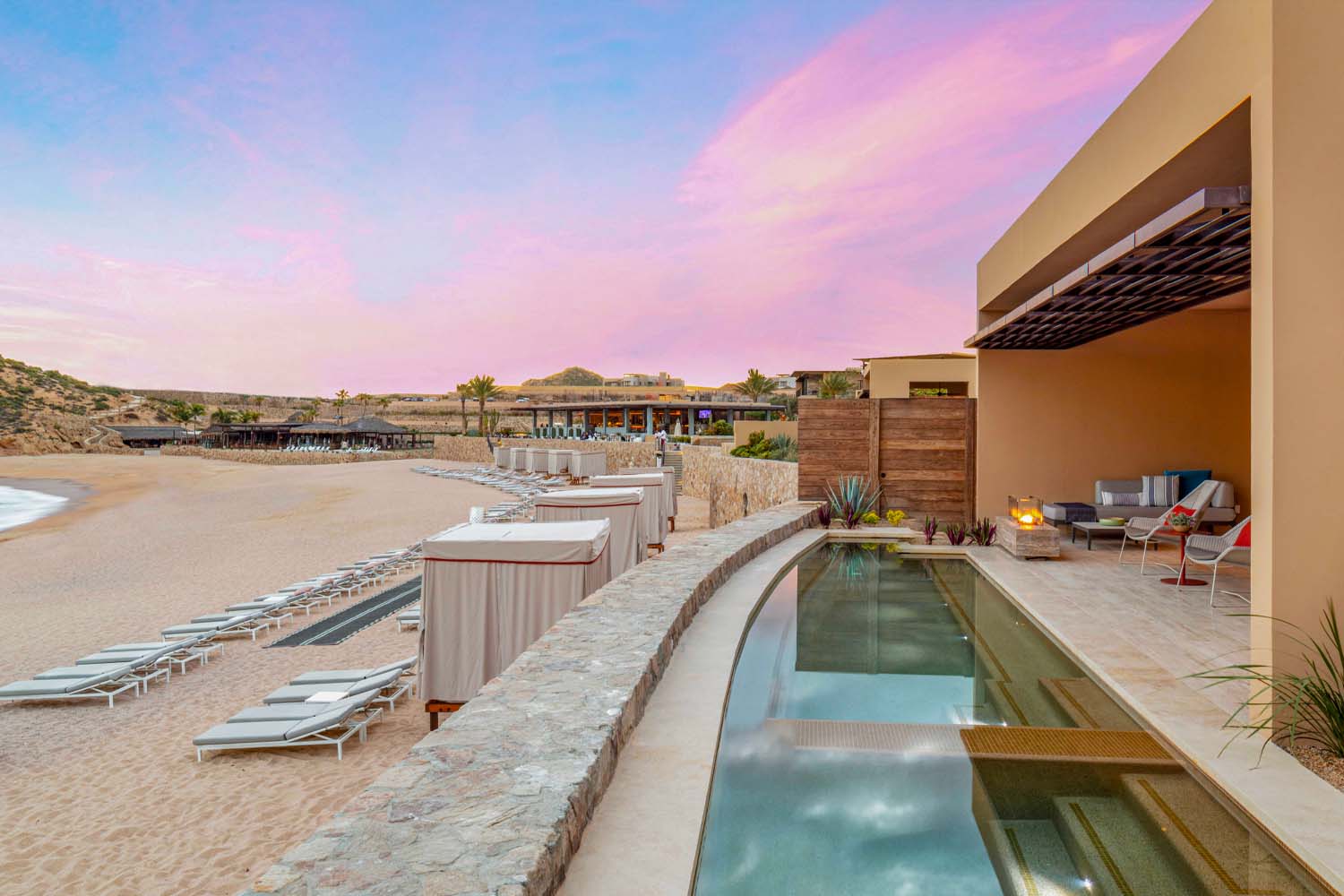
Where to Stay in Los Cabos
First, a little geography lesson: Los Cabos is like a barbell. At the northeast end, you have San Jose del Cabo, a picturesque colonial town with a cathedral-fronted plaza and streets lined with art galleries and cafes, and the East Cape resort district. At the southwest end, you have Cabo San Lucas, a less picturesque modern town home to the giant marina, luxury mall and El Arco, the area’s famous rock formation jutting out of the indigo water where the Pacific meets the Sea of Cortez. Twenty miles of easily navigable highway links San Jose and San Lucas, with frequent exits curving off into hotel-residence developments abloom with bougainvillea. This is the Zone Hotelera, also known as the Corridor, home to many of the city’s top-tier resorts.
Montage Los Cabos is one, a collection of 124 rooms, suites and casitas starting at 895 square feet. Of these cool, Midcentury-lined accommodations, 33% have private pools, though the terraced resort pools also vie for attention as they cascade down to a turquoise cove bookended by rocky headlands, breaking the waves to create one of just a few swimmable beaches in Los Cabos. So why stay in the Corridor instead of either town? Precisely because it’s halfway between them, making each a short drive away for shopping or dinner — though Montage’s signature restaurant, Mezcal, is worth hanging around for. They do modern Mexican cooking day to day but also host exciting pop-ups, like the Michelin-starred Mirazur in Provence, which came for a winter residency earlier this year.
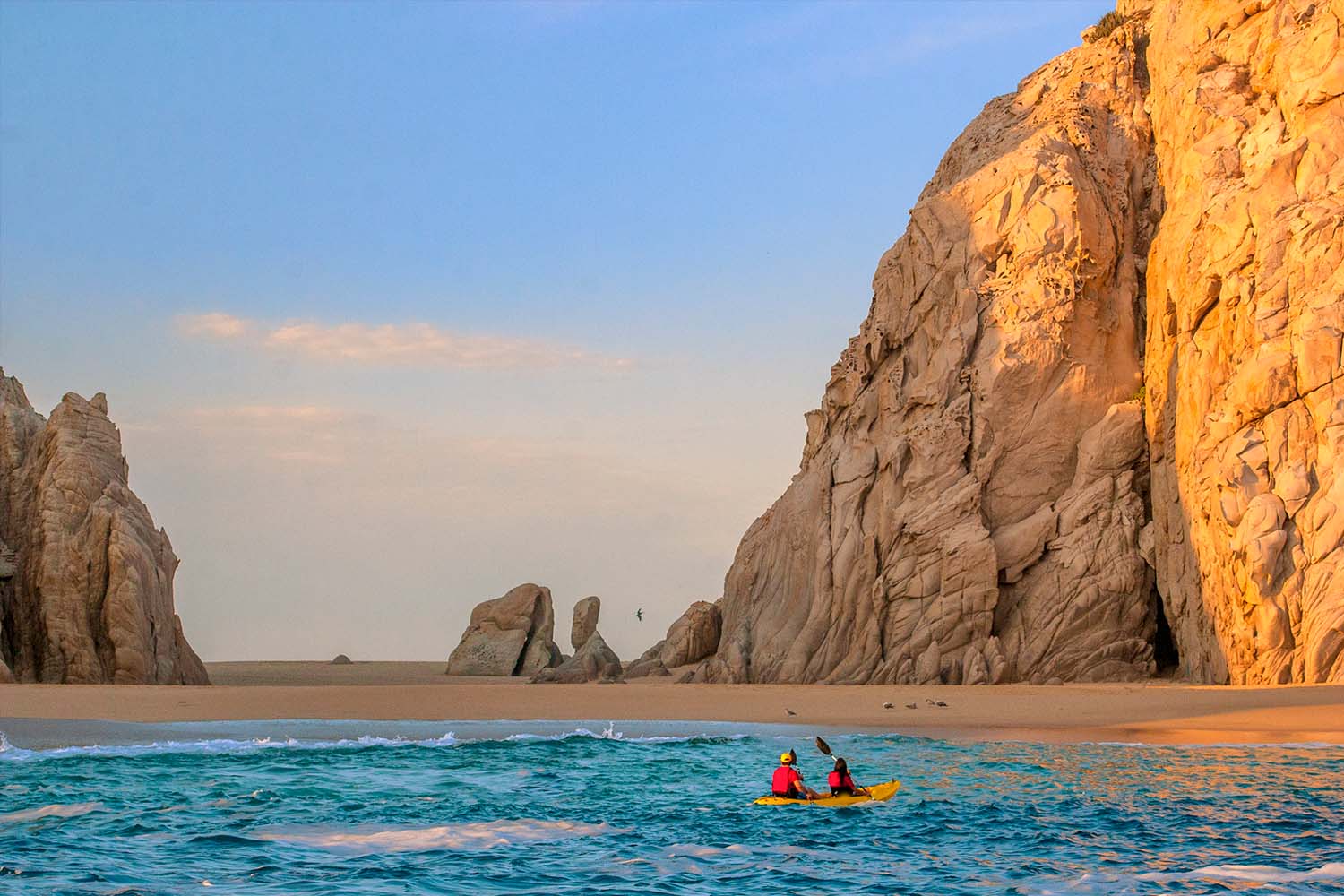
What to Do in Los Cabos
Putting it out there up top: It’s fine to come to Cabo and do absolutely nothing. Plenty of travelers come to sunbathe and swim, banking on the desert resort’s average of 300 days of sunshine per year, as well go deep into wellness at the plethora of first-class spas. (Auberge Chileno Bay’s recently reborn The Well is a favorite, with treatments commencing with an “Attunement” ceremony where you stand in a vibrating sound bowl in a swirl of cleansing copal incense.) But if the idea of lounging by a beach or in a hydrotherapy circuit for eight hours triggers ants in your pants, no worries; Cabo’s got you, too. You can charge through dunes on ATVs, take surf lessons or rent a luxury catamaran for a private whale-watching sail. Don’t miss the weekly Art Walk in San Jose on Thursday nights (November to June), when the galleries spill onto the sidewalk and churro and Tostilocos vendors fill the plaza. About an hour north of San Lucas, Todos Santos should be your go-to day trip if you’re visiting for a week. One of Mexico’s designated Pueblos Mágicos, this scenic oasis of artists, surfers and expats has become more on the radar over the last decade, but still retains much of its easygoing charm.

Where to Eat and Drink in Los Cabos
Folded into the neighborhood a few blocks back from the bustling marina, Maria Jiménez Restaurante is that rare restaurant that (savvy) tourists love but doesn’t feel like a tourist trap. Credit the warm tortillas made in front of you on a comal and the warmer service from Esther Vega Jiménez and her family. Mariachi serves as a backdrop to surfboard-sized mushroom quesadillas, goblets of frozen mezcal limonmentas and the unbelievable seabass, best ordered divorciados, with cilantro butter and spicy salsa diablo. Other excellent options in San Lucas include newcomer Punta Médano, a vibrant cevicheria; Tacos Gardenias, a casual classic for sweet shrimp tacos; and Outpost, whose starry rooftop invites lingering with carrot margaritas and tableside carajillos. Outpost sources man of its fresh ingredients from Flora Farms, an agriculture and lifestyle idyll over in San Jose. Visit for the vibes, visit for the impeccable pork chop, cut thick as a King novel.
This article was featured in the InsideHook newsletter. Sign up now.
